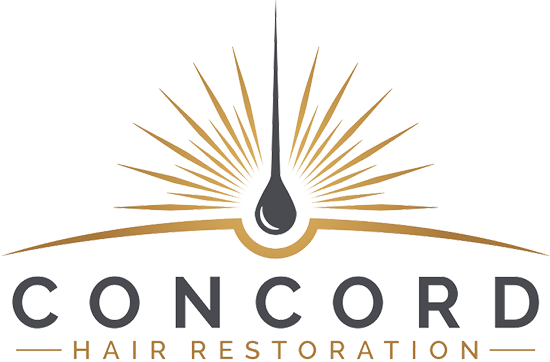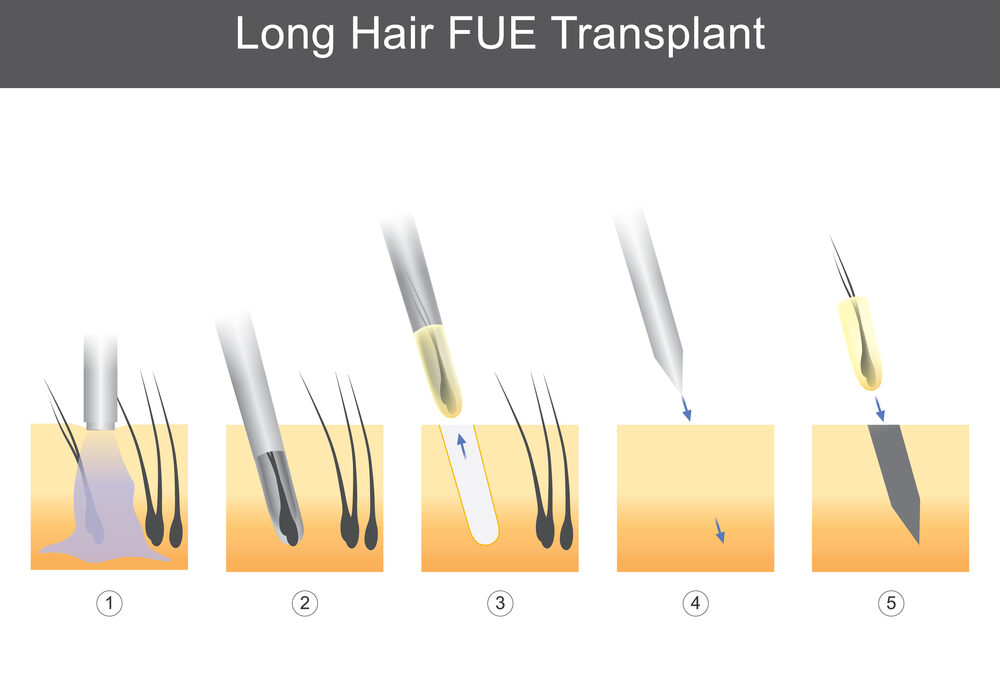Introduction to Follicular Unit Extraction (FUE)
Follicular Unit Extraction, commonly known as FUE, is a revolutionary hair transplant method that has gained immense popularity. Unlike traditional methods, FUE involves extracting individual hair follicles from the donor area (usually the back of the head) and implanting them into balding sections. This article aims to provide an in-depth understanding of how many hair grafts are typically needed for a successful FUE procedure, catering to those contemplating this life-changing decision.
The Science Behind FUE
FUE stands out for its minimally invasive approach, which reduces recovery time and scarring compared to older methods. Each hair graft, the fundamental unit in this procedure, comprises 1 to 4 hair follicles. The precision involved in extracting and transplanting these grafts is crucial for a natural-looking hairline and effective hair restoration.
Delving into Hair Grafts for FUE
The number of hair grafts required for an FUE procedure varies widely, largely depending on individual needs and goals.
Key Factors Determining Graft Count
- Degree of Baldness: Assessed typically using the Norwood Scale, which categorizes baldness levels, the extent of hair loss is a primary determinant of graft quantity.
- Aspired Hair Density: Higher density aspirations necessitate more grafts.
- Donor Area Characteristics: The availability and quality of hair in the donor area limit the number of extractable grafts.
Estimations Based on Baldness Levels
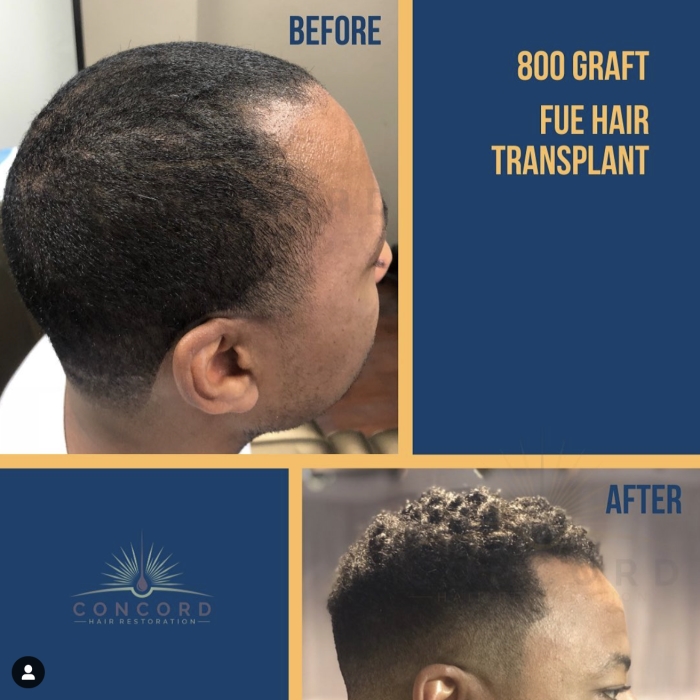
Mild Baldness (Norwood Scale 2-3)
- Approximately 500 to 1,500 grafts may be needed for individuals with mild baldness, focusing on restoring the hairline and filling in thin areas.
Moderate Baldness (Norwood Scale 4-5)
- For moderate baldness, the requirement can increase to 1,500 to 3,000 grafts, targeting broader areas with significant hair thinning or loss.
Advanced Baldness (Norwood Scale 6-7)
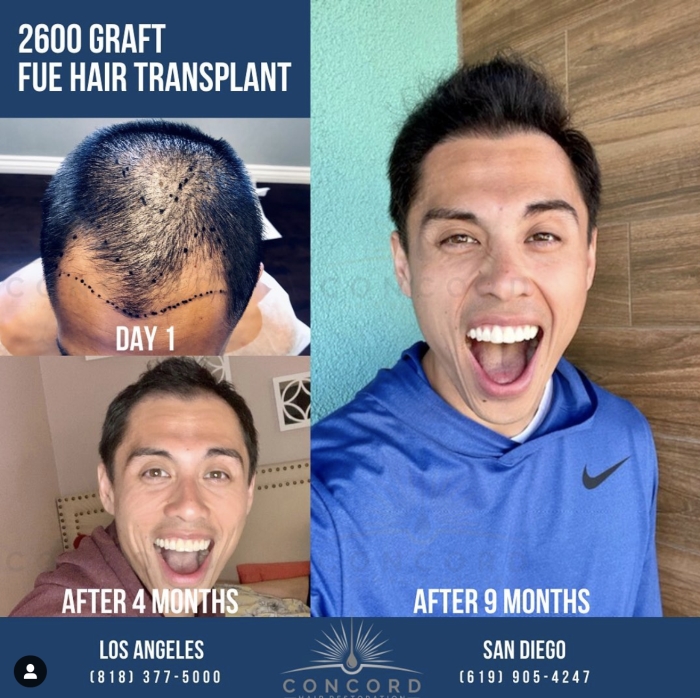
- Severe baldness often necessitates an upwards of 3,000 grafts. This level requires strategic planning to achieve coverage and density, often challenging due to limited donor hair.
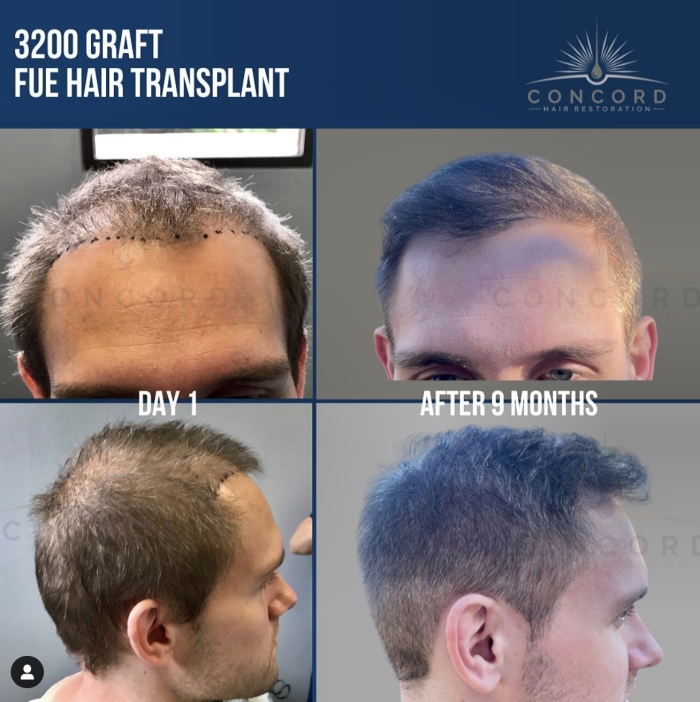
The FUE Process and Aftercare
Detailed FUE Procedure
- The procedure involves meticulous extraction and implantation, ensuring minimal trauma to the scalp and promoting swift recovery.
Essential Recovery Tips
- Post-operative care is crucial for graft survival. Tips include gentle washing, avoiding strenuous activities, and following specific medication regimens.
Pre-Surgical Graft Estimation: How accurate are pre-surgery graft estimates?
Pre-surgical graft estimation is a critical step in planning an FUE procedure. The accuracy of these estimates depends largely on the expertise of the surgeon and the thoroughness of the scalp examination. During the consultation, the surgeon assesses the patient’s hair density, scalp laxity, and the extent of baldness. Advanced tools like densitometers can be used for more precise measurements. However, it’s important to note that these are still estimates. The actual number of grafts that can be harvested and implanted might vary slightly during the procedure. Surgeons typically aim for the most efficient use of available donor hair while ensuring natural-looking results.
Limitations per Session: What limits the number of grafts in a single FUE session?
The number of grafts that can be transplanted in a single FUE session is limited by several factors. Primarily, the endurance of both the patient and the surgical team plays a role, as FUE procedures can be time-consuming and labor-intensive. The size and characteristics of the donor area also set a limit. A larger donor area with high density allows for more grafts. Additionally, the overall health and healing ability of the patient can influence how many grafts can be transplanted in one session. Typically, a maximum of 2,000 to 4,000 grafts are transplanted in a single session, which can last several hours.
Donor Area Exhaustion: How does the donor area’s finite hair supply affect long-term results?
The donor area’s finite hair supply is a crucial factor in the long-term outcomes of FUE transplants. Since only a limited number of grafts can be harvested without depleting the donor area or causing noticeable thinning, this limits the total coverage that can be achieved. In cases of severe baldness, it might not be possible to achieve full coverage. Overharvesting can lead to a patchy appearance in the donor area. The strategic placement of grafts is essential to maximize coverage and maintain a natural look. In some cases, multiple sessions spaced out over time may be recommended to manage donor resources effectively.
Permanency of Results: Are FUE results truly permanent?
FUE transplants are generally considered permanent. The hair follicles that are transplanted are genetically resistant to the hormones that cause hair loss, meaning they will typically continue to grow for a lifetime. However, it’s important to remember that hair loss can continue in non-transplanted areas, which might affect the overall appearance and may require additional treatments or transplants in the future. Proper care and possibly medication can help maintain the health of both transplanted and existing hair.
Seeing Full Results: What is the typical timeline for observing the full outcomes of an FUE procedure?
The timeline for seeing the full results of an FUE hair transplant varies from person to person, but generally, it follows a predictable pattern. Initially, transplanted hair will shed — this is a normal part of the process and not a cause for concern. New hair growth typically begins around three to four months after the procedure. By six to nine months, a significant portion of the new hair will have emerged. The final, full results of the transplant are usually visible 12 to 18 months post-surgery. It’s important for patients to have realistic expectations and patience, as hair growth is a gradual process.
Understanding the intricacies of FUE and hair graft requirements is key to setting realistic expectations and achieving satisfying results. With advancements in technology and technique, FUE stands as a preferred choice for those seeking hair restoration.
Begin Your FUE Hair Grafts Transformation Today
Don’t delay in taking the first step towards your hair revitalization. We’re excited to offer you a FREE consultation, where you’ll gain a thorough understanding of the FUE hair graft process, meet our expert team, and visualize your hair restoration journey.
📍 Los Angeles: 📲 818.800.2002 📍 San Diego: 📲 619.905.4247
At Concord Hair Restoration, we believe in more than just restoring hair; we’re committed to rebuilding your confidence, reshaping your self-image, and reigniting your passion for life. Hair loss doesn’t have to define you. Get in touch with us today, and together, let’s embark on this life-changing path to reclaim the full, healthy hair you deserve.
